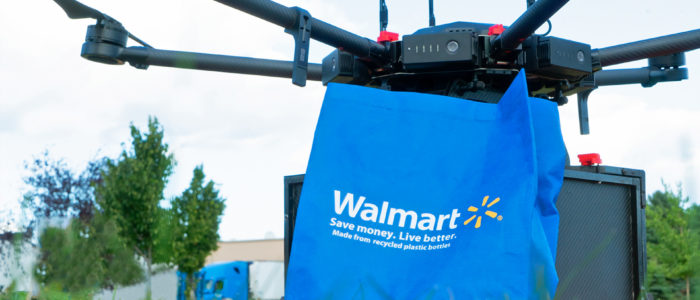Alibaba And Amazon Battle For 3PL Supremacy
Alibaba and Amazon are battling to control the third party logistics market by providing supply chain logistics services to outside clients.
Cainiao, the logistics division of Alibaba, is now offering end-to-end logistics services to Japanese and South Korean importers and exporters and have started an air charter service between Asia and South America. While Amazon is well on its way to becoming a global player in providing logistics services to other companies as an extension of the logistics infrastructure they created to serve their own needs, Alibaba understands they must catch up with Amazon’s growing dominance in the field to remain viable.
Cainiao aims to cover international shipping by sea and air, customs clearance, trucking, warehousing and last mile delivery. By offering an in-house turnkey service, they will reduce transit times, take control of their supply chain and reduce costs that will benefit consumers through more competitive pricing and faster delivery times.
Alibaba plans to operate about 1,300 chartered flights by the end of 2020. Amazon is offering a full range of logistics services in Europe and recently opened an air hub in Germany to support its Prime delivery service . In the U.S., Amazon offers ocean freight services for its own imports as well as other customers.
Read more about this transformation at:
https://www.freightwaves.com/news/alibaba-moves-into-japan-with-third-party-logistics-offering

(Photo credit: Alibaba Group)

Walmart And Amazon Drones Battle For Last-Mile Delivery Supremacy
Walmart and Amazon are engaged in a war of delivery drones. Although Amazon may be the largest e-commerce retailer, Walmart may have a structural edge enabling them to deliver groceries and household items by drone more quickly. Both players introduced short-range drones to transport small packages up to 5 pounds. According to Amazon, about 90% of products they sell weigh under 5 pounds.
Walmart claims they have a store within 10 miles of 90% of Americans. Amazon, by contrast, delivers from its fulfillment centers, usually located near major cities. That gives Walmart an edge until Amazon ramps up their rural presence.
Meanwhile, Amazon has patented a futuristic Jetson-style idea for distribution towers that look like beehives. The towers would function as fulfillment centers with landing pads for delivery drones, strategically located near high-density residential towers.
The current need for social distancing has accelerated a paradigm shift from brick-and-mortar stores to online shopping with contact-free delivery.
Read more about the drone war between Walmart and Amazon at:
https://www.freightwaves.com/news/walmart-pilots-drones-to-fly-items-to-consumers-doorsteps
& https://www.freightwaves.com/news/amazon-now-authorized-to-fly-commercial-delivery-drones
(Photo credit: Amazon, via FreightWaves, and Walmart, via FreightWaves)
